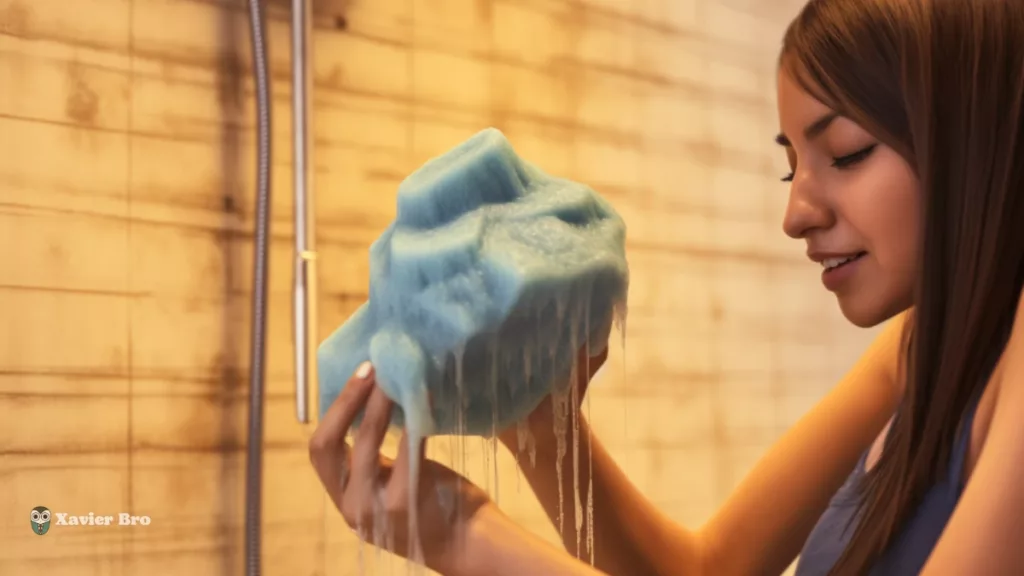After the complete workout for a long day, you must shower in lukewarm water. As part of an easy self-care routine, you also prioritize your life concerning shower conditions. Have some famous products in your shower to manage your skin type and alleviate your mind. But there’s one derivative you need to know regarding: Do you use a loofah? A natural one is a wash product made from a dehydrated tropical gourd. Other loofahs are driven by artificial materials such as plastic. It’s fuzzy when people started using the loofah as a bathing tool.
Do You Use a Loofah?
Do you use a loofah instead of other bathing products to cleanse yourself? If so, then this article will cover all related to this.
How Loofahs Were Introduced
Luffa gourds are farmed in tropical conditions. Before World War II, many loofahs were grown and imported from Japan at the peak of their popularity in the US. Plants are cultivated locally or imported from almost any warmer climate.
The gourds are reaped and dried out for almost six months. Dried gourds are drenched in water, peeled, and the seeds are removed. Once fully dry, they can be cut, sliced, or shaped differently before being dealt with as sponges.
Uses of Loofahs
Here are some best uses of a loofah:
Exfoliate Smoothly
Exfoliation clears the dead skin cells from the layer of the skin, forming a softer surface. That uneven top layer tends to leave the skin rough, dry, and dull, so getting rid of it is necessary. A loofah has a soft texture that lets you scrub off the skin to reveal something more pleasant.
Better Cleansing
Squeeze out body wash and slather it all over your body with your hands. When you squeeze the wash into a loofah, it helps it lather up, which means a better clean. The exfoliating texture cleans your body much better than a bar of soap.

Lather the Body Wash
When you get in the shower, soak your loofah with warm water and spread a quarter-sized amount of body wash or body soap to the surface of the loofah. This creates a fantastic lather and starts the body wash.
Scrub Your Skin
Scrub your body with the loofah. Softly but firmly rub it against your skin in circular movements. Remember to scrub your arms and hands as well. The circular motion will help clear dead skin cells and is softer on your skin than cleansing up and down.
Stimulate Blood Circulation
The circular motion of using a loofah on your skin promotes blood flow, potentially enhancing circulation and providing your skin with a healthy, glowing appearance.
Proper Use of a Loofah
Wash it after every use. The left soap in the loofah could start to stink. Dry it in a site with fine circulation. Drying it out will stop bacteria from originating inside the loofah and store it outside the shower. Since many bathrooms stay damp, dry them in a separate room.
Sanitize it once a week by boiling it in hot water. Replace it every three weeks. Many people have lately switched to washcloths since they’re easier to handle through the washer and last much longer.
How to Use Loofah
Get a loofah, as they are usually the shade of pale straw with a slightly herbaceous aroma. They come in many sizes and are sold as cylinders or sliced discs. The texture is harsh when dried, but once you add hot water, it is soft and flexible.
However, the warmer water will cause it to get softer and faster. Many people utilize body wash, as it easily seeps into the loofah surface, but rubbing bar soap over its surface also works.
Drawbacks
If you’re incorrectly washing your face in the shower, you may not know that loofahs aren’t the finest option for pure skin. The leading cause why you shouldn’t use it has to do with cleanliness. An organic one is an excellent scrubbing tool, but that fibrous material is perfect for bacteria to thrive.
Loofahs can even be too abrasive for skin types. The redness or itch after using a loofah makes your skin sensitive to exfoliation. The feeling of the loofah threads may be too much, harming the skin. They might be more tolerable, but they can be costly. Do you use a loofah if you select to keep one as part of your bathing pattern? You’ll have to switch it out frequently.
Loofah Availability
Natural loofahs are returning to popularity, and it is easy to find them. Loofah products are known as natural Egyptian style or sponge to distinguish them from synthetic replicas.
Moreover, you can purchase a natural one in health food stores and chains like Whole Foods. You can even check out these products online.
Alternative Options
Loofahs are not the best way to wash the body in the shower. If you like avoiding bacteria, you can look for other scrubby options. Synthetic bath poufs are made of nylon and have thick mesh layers in a circular pattern. They are like natural loofahs. Silicone bath scrubbers are antimicrobial but should still be washed regularly.
The sea sponge is a naturally occurring enzyme that kills bacteria. They must still be regularly cleansed, dried after showering, and replaced often. After use, a washcloth can be tossed into a washing machine and regularly cleaned with detergent and hot water.
Conclusion
Do you use a loofah? Natural loofah sponges may hold harmful bacteria. The bacteria in such sponges are not necessarily harmful. But, they must be taken care of and adequately sustained to stop bacteria shift.
Loofah has various benefits, like purification, scrubbing, and skin clearing. Likewise, there are possible flaws in using it. The bacteria accumulate in the loofah, which can turn out very harmful. You should also ensure taking care of your sponges.
FAQs on Do you Use a Loofah
How does loofah prevent ingrown hair?
You can lessen the odds of developing ingrown hairs by invariably exfoliating with a loofah. Clearing dead skin cells helps keep hair from becoming entrapped beneath the skin.
How are loofahs responsible for sustainability?
Loofahs are an eco-conscious option because they are biodegradable and environmentally pleasant, unlike artificial scrubbers that usually have plastics.
I hope you enjoy our article. Do check out more of our amazing articles.


Comments